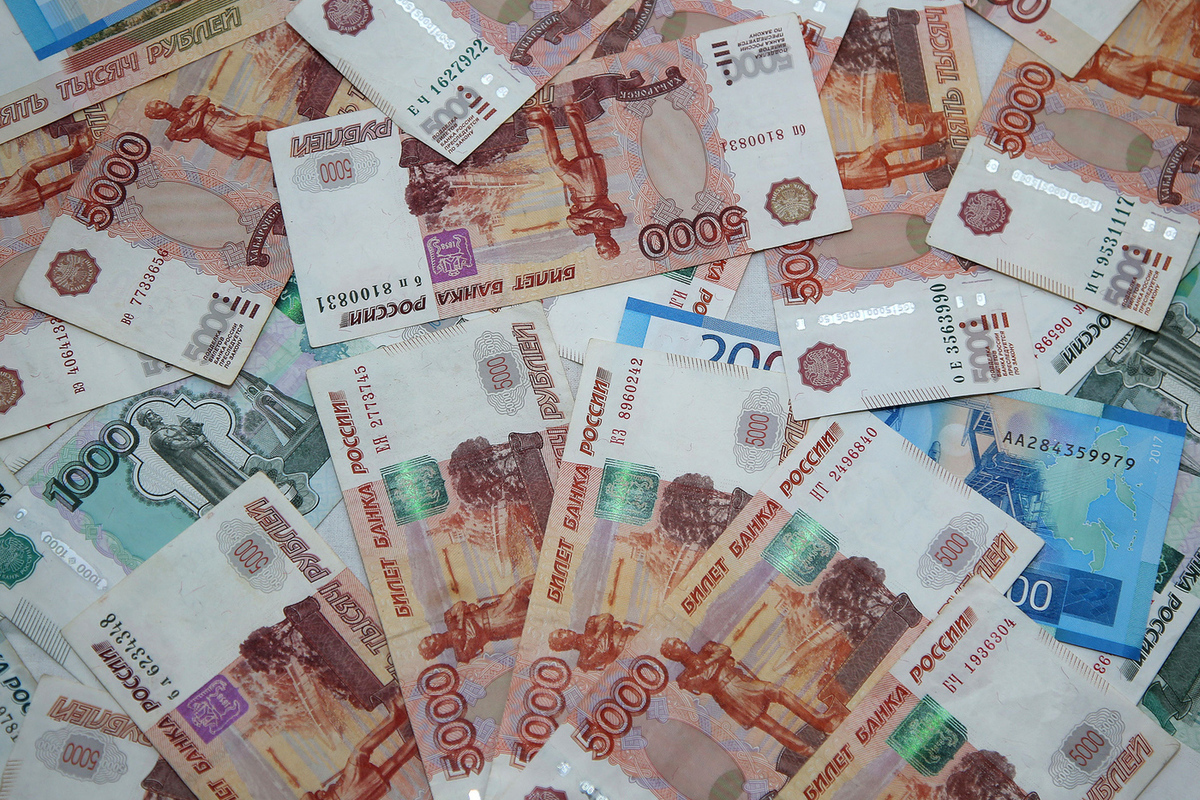From February 1, recipients of maternity capital will face important changes: payments will increase significantly
[ad_1]

An important innovation awaits millions of Russian families receiving maternity capital. Starting from February 1, 2024, maternity capital will be indexed by 7.42%. The payment amount will be over 630 thousand rubles for the first child and 833 thousand rubles for the second. Experts spoke about the details of the upcoming indexation of MK.
Let us remind you that maternity capital is indexed annually on February 1. Its amount is adjusted taking into account inflation recorded at the end of the past year. Hence the growth rate of 7.42%, in line with last year’s official inflation. According to the Ministry of Labor, the amount of maternity capital for the first child will increase by 43.4 thousand rubles, and for the second child – by 57.4 thousand rubles.
Thus, the amount of maternity capital in 2024 will be:
– 630.4 thousand rubles for the first child;
– 833.4 thousand rubles – for the second child;
– 202.6 thousand rubles – additional payment for the second child, if payment for the first was received earlier.
As you know, recipients can spend maternity capital exclusively in a targeted manner in certain areas. According to the Ministry of Labor, most often parents use maternity capital to improve their living conditions. In 2023, over 677 thousand families took advantage of this opportunity. The second most popular area for spending maternity capital funds last year was the monthly payment for a child under three years old – 415 thousand recipients received them. Payment for educational services took third place among parents. Last year, 376 thousand families used maternity capital in this way.
Note that from this year maternity capital is issued exclusively to a child who has Russian citizenship from birth. At the same time, the parent must also have Russian citizenship at the time of birth or adoption of the child. Specifically, the following may receive payment:
– women who gave birth or adopted their first child after January 1, 2020;
– women who gave birth to or adopted a second or subsequent child after January 1, 2007;
– men who are the sole adoptive parents of the first child, if the court decision came into force after January 1, 2020;
– men who are the sole adoptive parents of a second or subsequent child, if the court decision came into force after January 1, 2007.
Let us recall that the state social program for the payment of maternity capital has been in effect in Russia since 2007. Initially, it provided for payment for a second, third or subsequent child born or adopted. From January 1, 2020, maternity capital is issued in Russia at the birth of the first child.
The size of maternity capital is indexed annually on February 1. From 2022, indexation takes into account the level of actual inflation for the previous year. Let’s say, in 2023, the size of maternal capital increased by 11.9%.
We also note that in parallel with maternity capital and by the same coefficient, from February 1, 2024, other social payments will be increased. These include one-time and monthly child care benefits, monthly insurance payments and other social support measures. In total, about 40 payments, benefits and compensation will be indexed, which will affect about 20 million Russians.
Andrey Loboda, economist, director of communications at BitRiver, comments:
“The topic of indexing maternity capital in Russia is relevant and important from the point of view of demographic policy and social development of the country. Indexation of maternal capital is a mechanism for increasing its size in accordance with inflation and changes in consumer prices.
The introduction of maternity capital in 2007 was recognized as one of Russia’s successful social measures, helping to increase the birth rate. The main goal of maternity capital indexation is to protect its real value from inflation and provide families with higher financial support when having children. Indexation allows you to maintain the purchasing power of maternity capital. It is worth understanding that it is always difficult to keep up with prices for services and real estate, even when indexed at the level of official inflation. Since the key task today is to avoid a demographic catastrophe, I consider it advisable to consider the issue of doubling the amount of maternity capital in regions with a very noticeable outflow of population.”
Mark Goikhman, analyst at the Capital Skills Financial Academy, comments:
“The indexation of maternity capital corresponds to general consumer inflation for 2023, which amounted to 7.42%, according to Rosstat. At the same time, in the main area of use of maternal capital – real estate – prices are growing faster. According to industry statistics, based on actual transactions on the primary market, the average price per sq. m. meters rose over the year from 135.6 thousand to 148.4 thousand rubles, that is, by 8.7%. In the secondary market – by 10.8%: from 92,000. 9 to 102.9 thousand rubles. Largely due to the high cost of housing, an increasing proportion of recipients of maternal capital are seeking to use it for other purposes. In 2023, 46.1% of families allocated funds for housing, 28.3% for receiving monthly payments, and 25.6% for education, according to the Ministry of Labor. Whereas in 2022 these parameters were 52.3%, 23.3% and 24%, respectively. Thus, although real estate remains the most popular option for using maternal capital, the structure of priorities is changing not in its favor.”
[ad_2]
Source link






